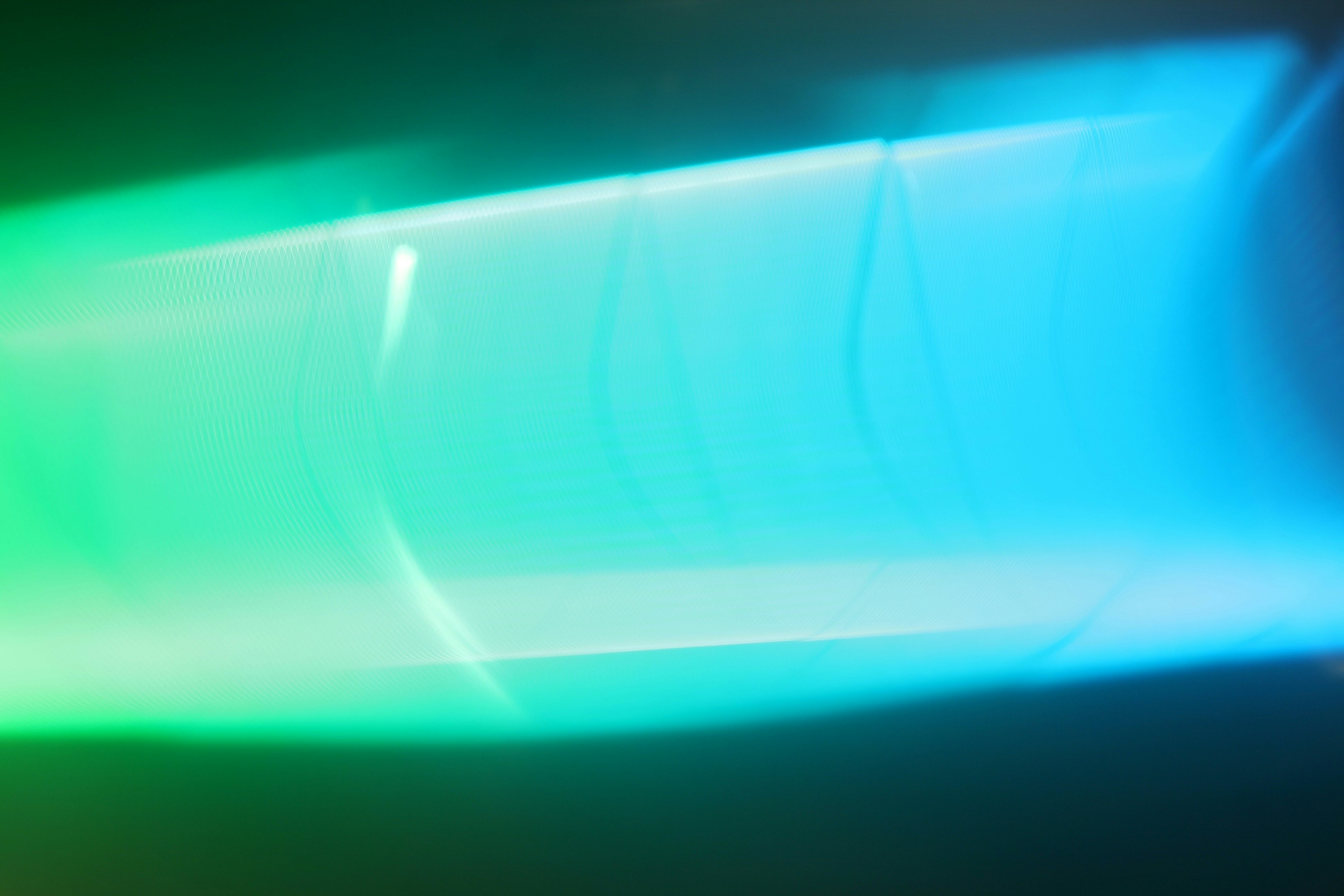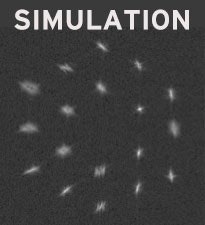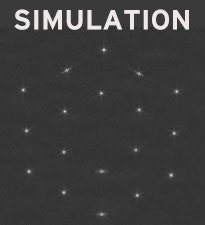
The James Webb Space Telescope has done it: On February 3, NASA announced the first particles of light have made their way through the entire telescope. This is the closest scientists have come to their ultimate goal: To use the Webb to image the universe as never before.
The achievement was confirmed by the Near Infrared Camera, one of the science instruments onboard, which captured the photons (the camera and Webb’s other science instruments were switched on just a few days ago). These data are critical for the next step toward Webb’s science mission and toward getting actual images we on Earth might marvel at, too. These NIRCam readings enable scientists on the ground to start aligning the telescope’s 18 mirrors to form a fresh lens on the cosmos.
“We had model and computer simulations of what we would see when we pointed at specific places in the sky and the actual data looks very similar to the simulations,” a NASA spokesperson tells Inverse.
As part of that process, Webb’s mirrors will progressively focus in on HD 84406, a star similar in size and brightness to our Sun that makes up the Big Dipper constellation. The full alignment will take about three months — starting now.
“Webb’s primary mirror consists of 18 individual mirror segments that need to work together as a single high-precision optical surface,” explain engineers Scott Acton and Chanda Walker of Ball Aerospace and Lee Feinberg of NASA Goddard in a statement.
In the announcement, NASA offers a nice analogy for the precision this entire process requires:
To work together as a single mirror, the telescope’s 18 primary mirror segments need to match each other to a fraction of a wavelength of light — approximately 50 nanometers... if the Webb primary mirror were the size of the United States, each segment would be the size of Texas, and the team would need to line the height of those Texas-sized segments up with each other to an accuracy of about 1.5 inches.
What first light means for Webb
Confirming that photons can pass into the telescope and show up on its detectors is crucial for the next stage of aligning the 18 beryllium and gold segments that, as a unit, comprise the Webb’s mirror.
To bring each segment into the right position to work together perfectly, the team need to tweak their individual position by focusing them on the star HD 84406. Any final Webb image will essentially be a stitched-together composite — so when the Webb looks at HD 84406 initially, it will produce 18 slightly different, fuzzy pictures of the star.

The engineers need to match each picture to the right segment — once they know what segment is producing what image (more difficult than you might think), then they can move the segments to look at a single point with greater accuracy.
After that, they will move on to segment alignment, a stage where each mirror segment is brought in and out of focus to produce 18 in-focus views.
“Adjustments of the segments then result in 18 well-corrected ‘telescopes,’” the three engineers explain. “However, the segments still don’t work together as a single mirror.”


Once the engineers achieve this goal, they can move on to a phase called “image stacking,” where each segment image then comes together to produce a unified picture, with all the light falling in one place. But the segments are still acting like 18 telescopes. Getting beyond that issue requires two processes called “coarse phasing” and “fine phasing” — these are a bit technical to explain, but together they serve to better line up the segments and make the picture they produce more accurate and clear.

Finally, the engineers need to do field-of-view corrections and final little adjustments to get the segments just right. Of course, the engineers’ work will not be over at that point. They will then need to turn to commissioning the different instruments on the Webb.
“The process is flexible and modular to allow for iteration. After roughly three months of aligning the telescope, we will be ready to proceed to commissioning the instruments,” the engineers say.







